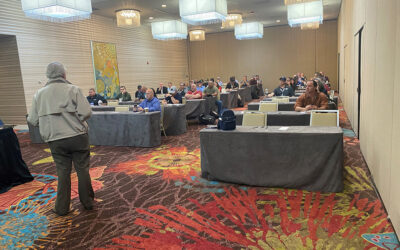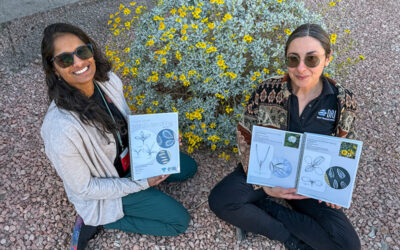Meet Dylan Person, Graduate Researcher
APRIL 19, 2021
LAS VEGAS, NEV.
By Kaylynn Perez
Archaeology
Cultural Resource Management
Antrhopology
Dylan Person is a graduate research assistant with the Division of Earth and Ecosystem Sciences at the Desert Research Institute (DRI) in Las Vegas. He is a Ph.D. student in Anthropology, Archaeology subfield, at the University of Nevada Las Vegas. Learn more about Dylan and his graduate research in this interview with DRI’s Behind the Science Blog!
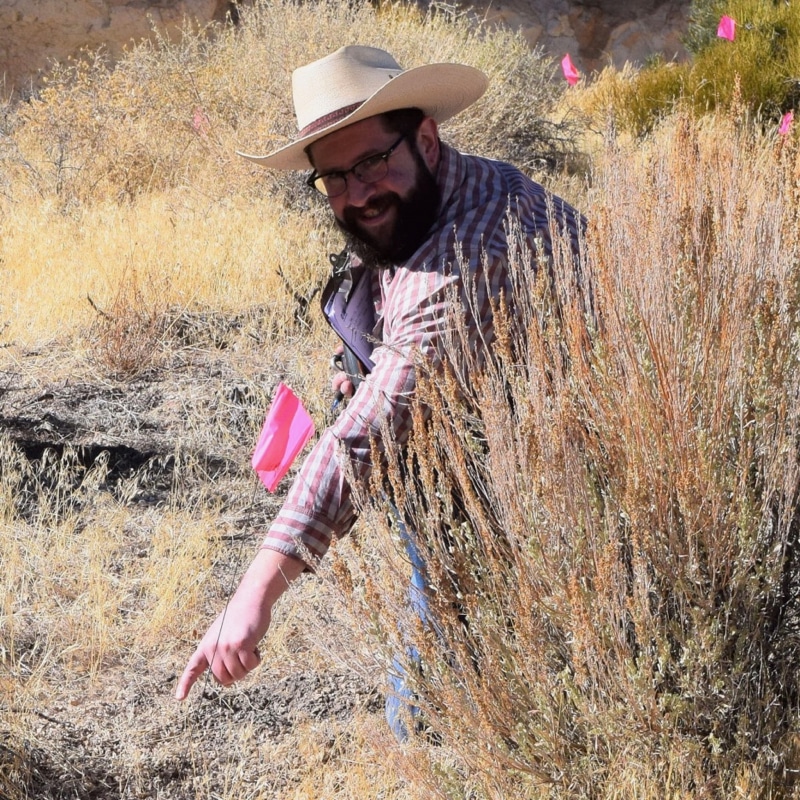
Dylan Person is a graduate research assistant with the Division of Earth and Ecosystems Sciences at DRI in Las Vegas.
Credit: Greg Haynes.
DRI: What brought you to DRI?
Person: I was introduced to DRI through the UNLV Department of Anthropology. I became interested in coming to DRI as a graduate assistant when I learned that a position at DRI gave students the opportunity to perform fieldwork as well as write reports and plan projects for cultural resource management archaeology. In addition to this great opportunity for learning new aspects of this area of archaeology, I jumped at the chance to learn more about Native American archaeology in the Great Basin since my research focus at UNLV is primarily based in New Mexico. I also got really excited when I learned that I’d be working with historic nuclear testing resources since that’s such a major part of America’s scientific history.
DRI: What are you studying?
Person: I study stone tool technology and how it interrelated with cultural and social life at sites in the Mimbres Mogollon region of southwestern New Mexico. The time period I study was around AD 550-1130 and during this time these people changed from highly mobile foragers to living in settled agricultural villages. This resulted in changes in their social organization that I think also impacted the way they made and used stone tools. Though this is not directly related to DRI’s work, experience with similar artifacts in the Great Basin has added a new dimension to my own work.
Archaeology in the Great Basin is very focused on mobile groups and studying here and working with these archaeological sites at DRI has taught me a lot about how mobile people moved around and interacted with their environment. This knowledge has really deepened my understanding of how groups of people in my study area acted when practicing this lifeway and expanded the range of my research.
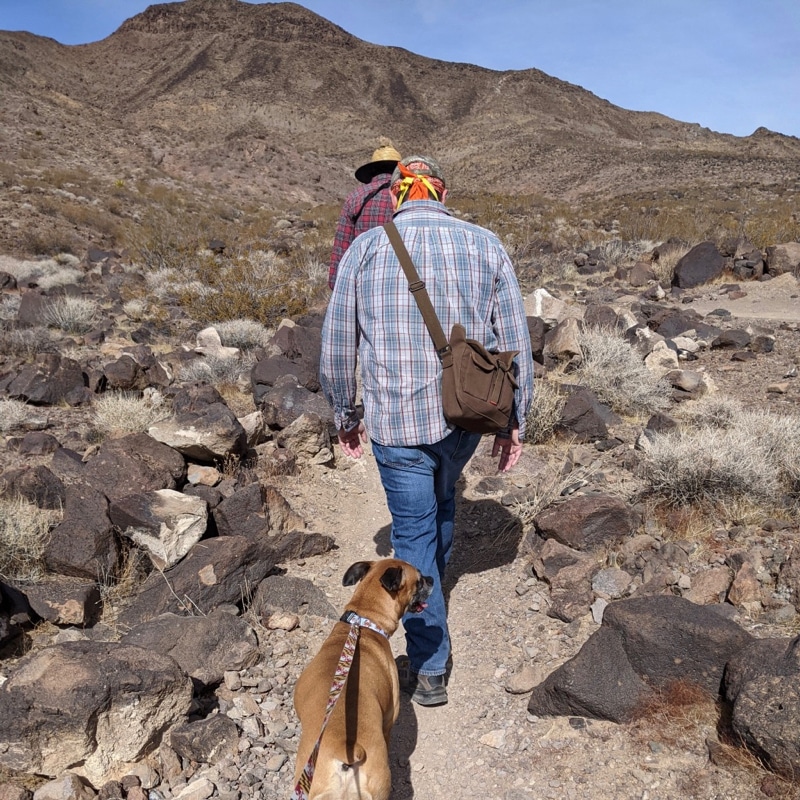

Above, left: Dylan Person and his boxer, Wiggles, hike along the McCullough Hills Trail in the Sloan Canyon National Conservation Area of Nevada. Above, right: One of Dylan’s fieldwork sites in San Bernardino, California.
Credit: Lizzie Person (left photo); Jared Miles (right photo).
DRI: What research projects are you working on? And who at DRI are you working with?
Person: I work with the Cultural Resource Management Program team. They’re a great group of archaeologists and historians who have a variety of interesting projects in addition to their cultural resource work. My supervisor is Maureen King, who has been very supportive of my academic progress and has helped me a lot in my professional development. Though I work with a combination of United States history and earlier Native American history, Maureen is great about involving me with program projects that align with my research interests here in Nevada, which I’ll talk a little more about below.
Currently, I am working on my dissertation research which involves the stone tool study that I mentioned previously. At DRI I have mostly been focusing on working with historic nuclear testing activities for cultural resource management. Informally at DRI, I have been looking at how groups moved throughout southern and central Nevada and adjacent regions. I’m interested in how these travel routes map on to environmental features such as water sources like springs, rivers, and wetlands as well as other resource-rich areas. Since these resources included plants, animals, rocks for tools, and culturally significant areas I have a lot to work with when it comes to investigating the how and why of people’s interaction with these areas over a long period of time.
Additionally, our program at DRI has a long history of working closely with Native American groups who live in the region. Being exposed to Native perspectives on the land and environment is a really valuable addition, since they have inherited a cultural understanding of this area that only comes from lived experience and long tradition. Though I don’t presume to fully understand how previous generations of Native Americans of the Mojave and Great Basin thought about their environment and lives, being around these perspectives has really opened up my mind to ideas and viewpoints that I wouldn’t have developed on my own. I’m really grateful for that!
DRI: What are your short-term and long-term goals while at DRI?
Person: In the short term, I hope to continue making contributions to our program and its support of projects through cultural resource management.
In the long term, I want to learn everything I can during my time in our program so that I am well-situated for both academic and non-academic archaeological work. I also want to formalize some of my research interests into a developed research plan, one that ideally would contain public science-focused elements. I’m really interested in public science and supporting science education in general.
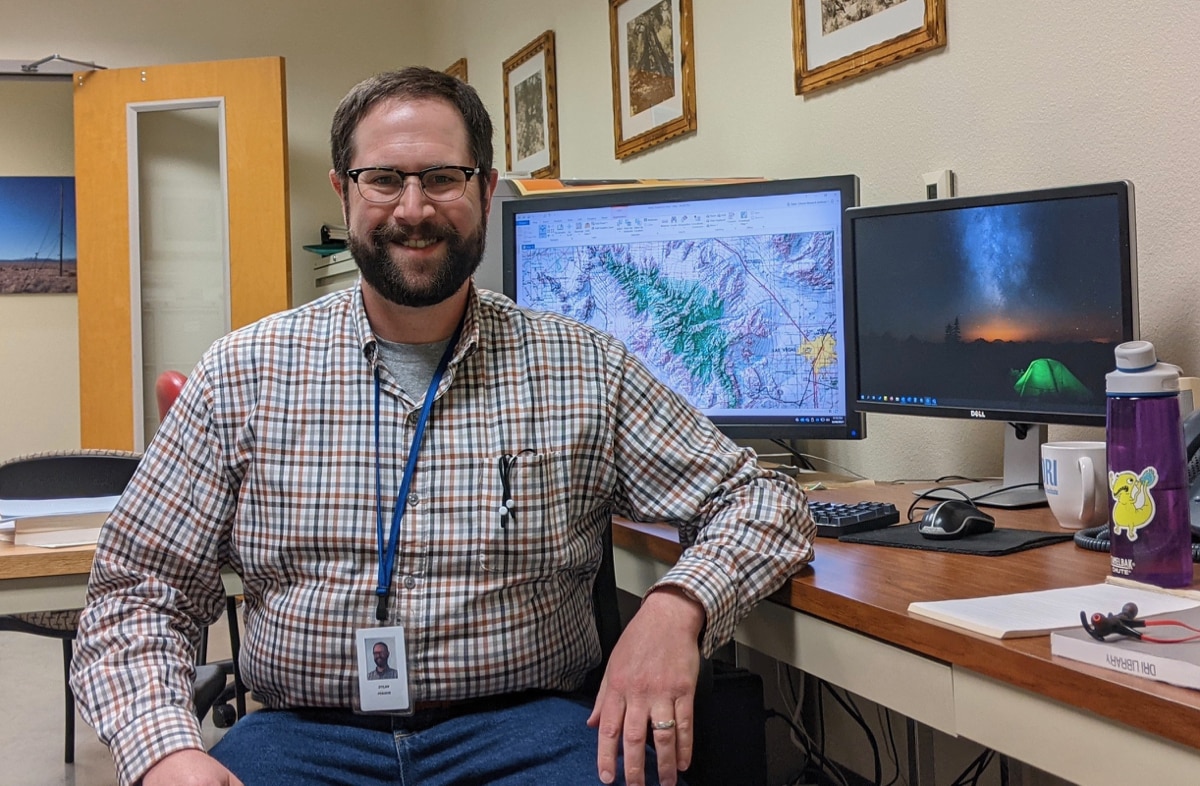

Above, left: Dylan Person at the office on DRI’s Las Vegas campus. Above, right: One of Dylan’s field sites in San Bernardino County, California.
Credit: Dylan Person/DRI (left photo), Jared Miles (right photo).
DRI: Tell us about yourself. What do you do for fun?
Person: I like to get out in nature. So hiking, camping, bouldering, and other types of outdoor activities are always a good time. I’m a sort of amateur geologist, so I also like checking out interesting rock formations and the overall geology of a place. Nevada is a really great place for all that so I have a lot of options!
When I’m not running around outside, I play music. I play a few instruments but I’m best at the guitar and I play just about any style that a guitar can do, so rock/blues, country, bluegrass, jazz and even classical music. I also like cooking and especially grilling, backyard hangouts, and spending time with my wife Lizzie and our Boxer dog Wiggles, who are my companions in all these things I do for fun. One of these days I’ll have the space to get a project car so I can finally finish learning auto mechanics without worrying about messing up my daily driver!
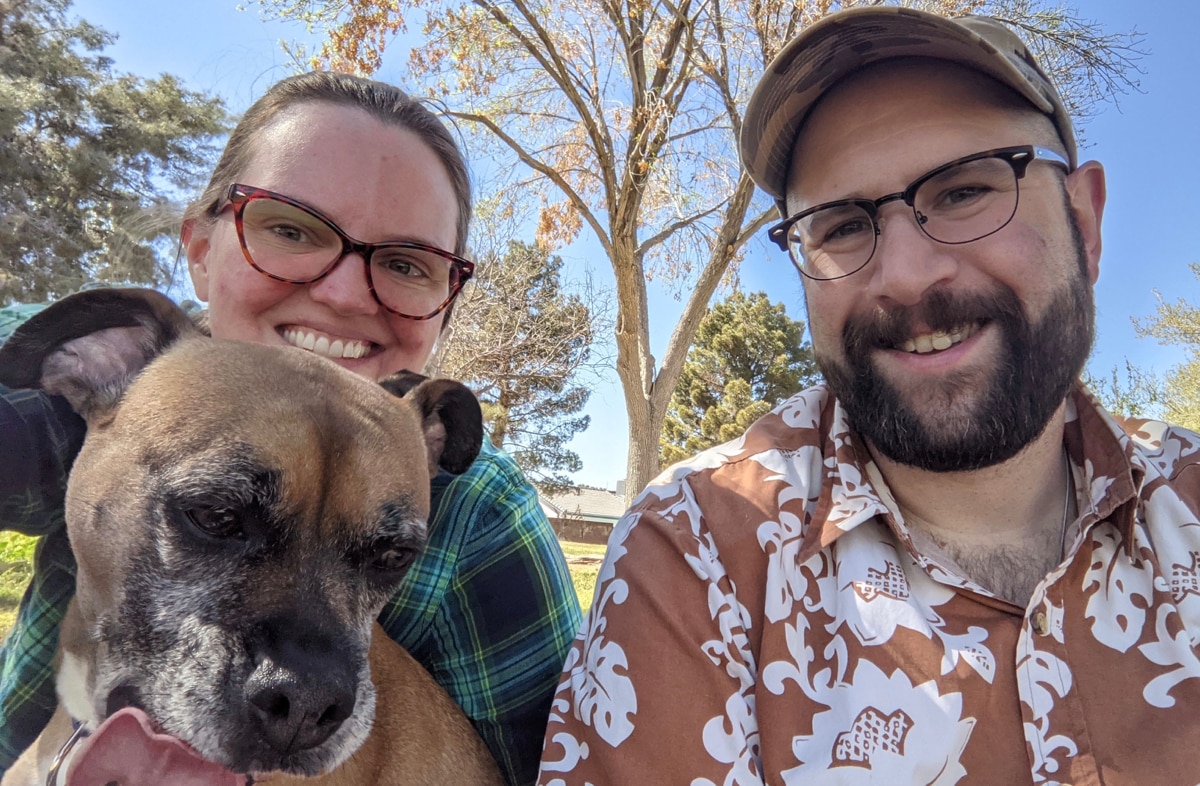
In his free time, Dylan enjoys spending time with his wife Lizzie and their boxer, Wiggles.
Credit: Lizzie Person.
Additional Information:
For more information on DRI’s Cultural Resource Management Program, please visit: https://www.dri.edu/crm/
For more information on graduate programs at DRI, please visit: https://www.dri.edu/education/graduate-programs/
